Impacto del ejercicio de Ultra Trail sobre el estado oxidativo del plasma y su relación con el daño muscular y la aparición de fatiga en una muestra de corredores amateurs
dc.contributor
Universitat Jaume I. Escola de Doctorat
dc.contributor.author
Guerrero Ramos, Carlos
dc.date.accessioned
2025-01-07T10:28:54Z
dc.date.available
2025-01-07T10:28:54Z
dc.date.issued
2024-12-18
dc.identifier.uri
http://hdl.handle.net/10803/693263
dc.description.abstract
El estrés oxidativo se ha estudiado ampliamente en asociación con los deportes de ultrarresistencia sin que haya un consenso sobre las repercusiones del mismo. El objetivo de este estudio fue dilucidar el impacto de una carrera de ultratrail sobre el estado oxidativo plasmático de 32 corredores y su recuperación postcarrera, con especial atención al efecto del sexo y la edad. Se observó un aumento del daño oxidativo en lípidos y proteínas (MDA y CG) tras la carrera y 48 horas después. Asimismo, se produjo un aumento de la actividad GR en meta que se mantiene durante las 24 horas posteriores. Además, los valores basales del estado oxidativo plasmático de los corredores se relacionan con el grado de daño muscular y fatiga tras la ultratrail y su posterior recuperación. Por último, tanto el género como la edad de los participantes son factores que influyen en los resultados obtenidos.
ca
dc.description.abstract
Oxidative stress has been widely studied in association to ultra-endurance sports. Althoughit is clearly demonstrated the increase in reactive oxygen species and free radicals after these extreme endurance exercises, the effects on the antioxidant defenses and the oxidative damage to macromolecules, remain to be fully clarified. Therefore, the aim of this study was to elucidate the impact of an Ultra Trail race on the plasma markers of oxidative stress of 32 runners and their post-race recovery, with especial focused on sex and age effect. For this purpose, the antioxidant enzymes glutathione peroxidase (GPx) and glutathione reductase (GR) activity, as well as the lipid peroxidation product malondialdehyde (MDA) and the carbonyl groups (CG) content were measured before the race, in the finish line and 24 and 48 h after the race. We have reported an increase of the oxidative damage to lipids and proteins (MDA and CG) after the race and 48 h later. Moreover, there was an increase of the GR activity after the race. No changes were observed in runners’ plasma GPx activity throughout the study. Finally, we have observed sex and age differences regarding damage to macromolecules, but no differences were found regarding the antioxidant enzymes measured. Our results suggest that several basal plasma markers of oxidative stress might be related to the extent of muscle damage after an ultraendurance race and might affect the muscle strength evolution.
ca
dc.format.extent
204 p.
ca
dc.language.iso
spa
ca
dc.publisher
Universitat Jaume I
dc.rights.license
L'accés als continguts d'aquesta tesi queda condicionat a l'acceptació de les condicions d'ús establertes per la següent llicència Creative Commons: http://creativecommons.org/licenses/by-sa/4.0/
ca
dc.rights.uri
http://creativecommons.org/licenses/by-sa/4.0/
*
dc.source
TDX (Tesis Doctorals en Xarxa)
dc.subject
Ultra Trail
ca
dc.subject
Estrés oxidativo
ca
dc.subject
Antioxidantes
ca
dc.subject
Lesión muscular
ca
dc.subject
Fatiga
ca
dc.subject
Recuperación
ca
dc.subject
Ultra Trail exercise
ca
dc.subject
Oxidative stress
ca
dc.subject
Antioxidants
ca
dc.subject
Muscle injury
ca
dc.subject
Fatigue
ca
dc.subject.other
Ciències de la Salut
ca
dc.title
Impacto del ejercicio de Ultra Trail sobre el estado oxidativo del plasma y su relación con el daño muscular y la aparición de fatiga en una muestra de corredores amateurs
ca
dc.type
info:eu-repo/semantics/doctoralThesis
dc.type
info:eu-repo/semantics/publishedVersion
dc.subject.udc
612
ca
dc.subject.udc
616.7
ca
dc.subject.udc
79
ca
dc.contributor.director
Muriach, Maria
dc.contributor.director
Collado-Boira, Eladio
dc.contributor.tutor
Gomez-Cadenas, Aurelio
dc.embargo.terms
cap
ca
dc.rights.accessLevel
info:eu-repo/semantics/openAccess
dc.identifier.doi
http://dx.doi.org/10.6035/14104.2024.2199
ca
dc.description.degree
Programa de Doctorat en Ciències


